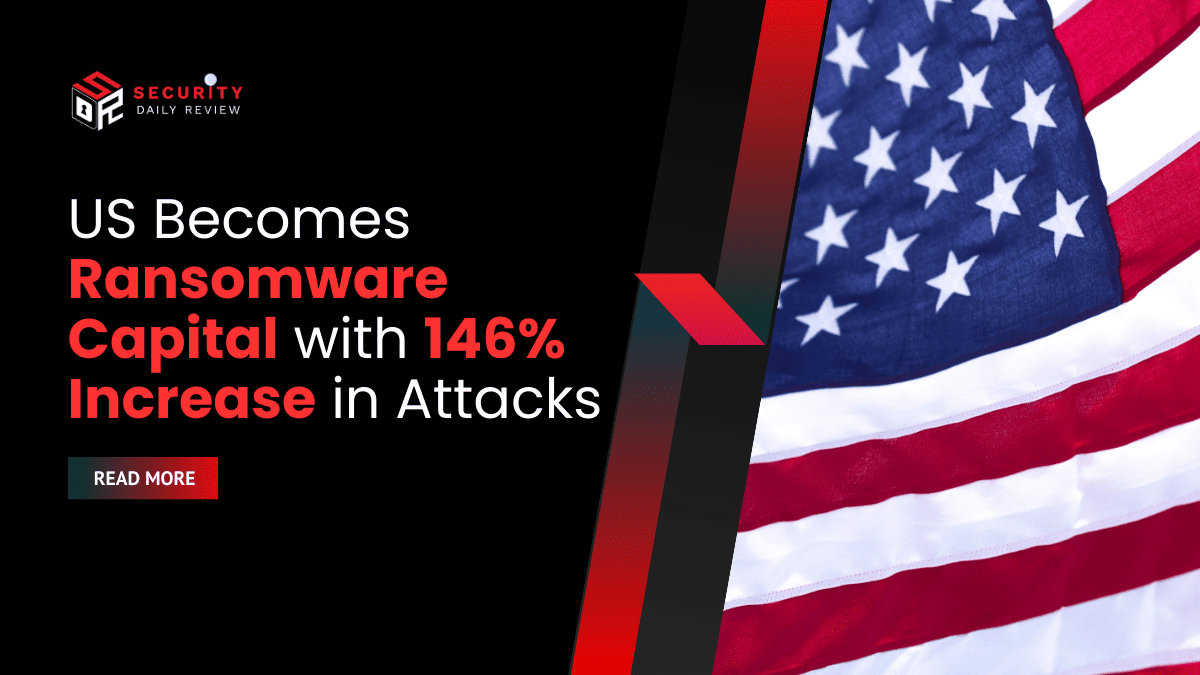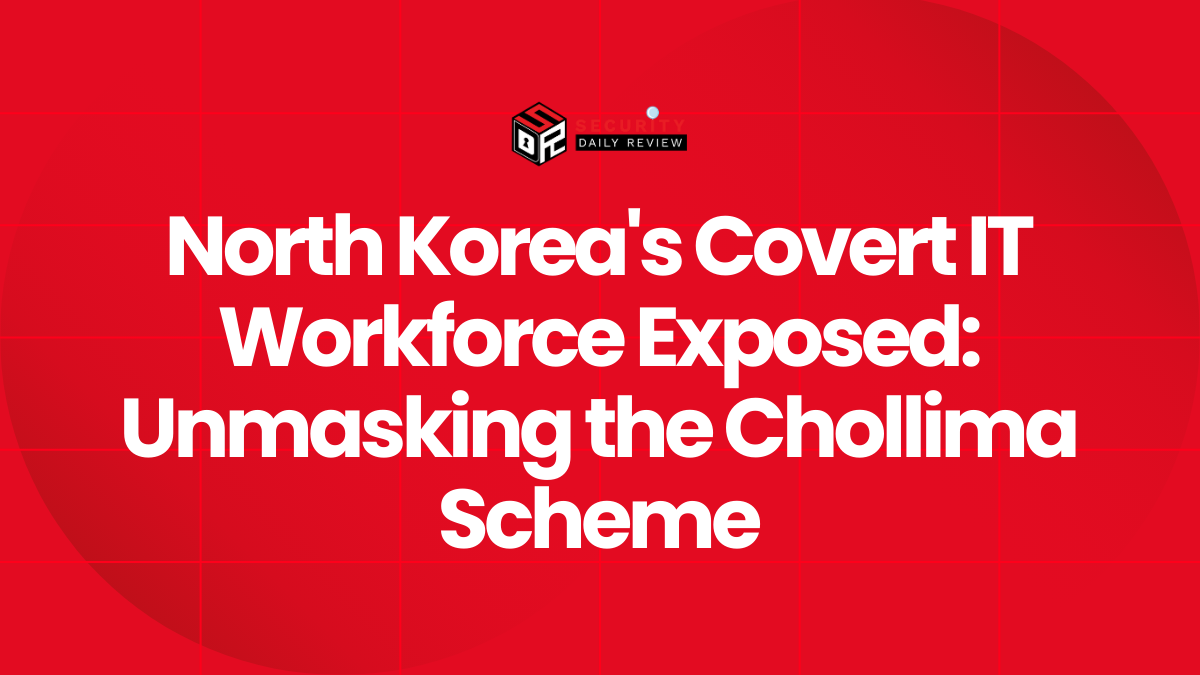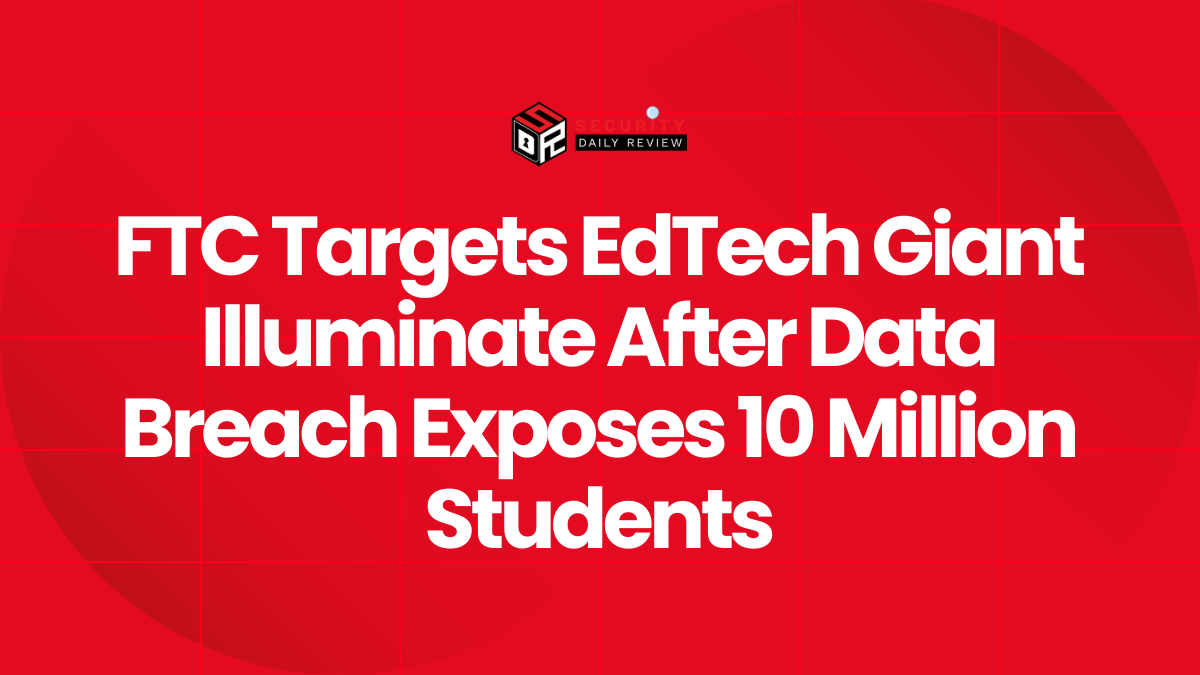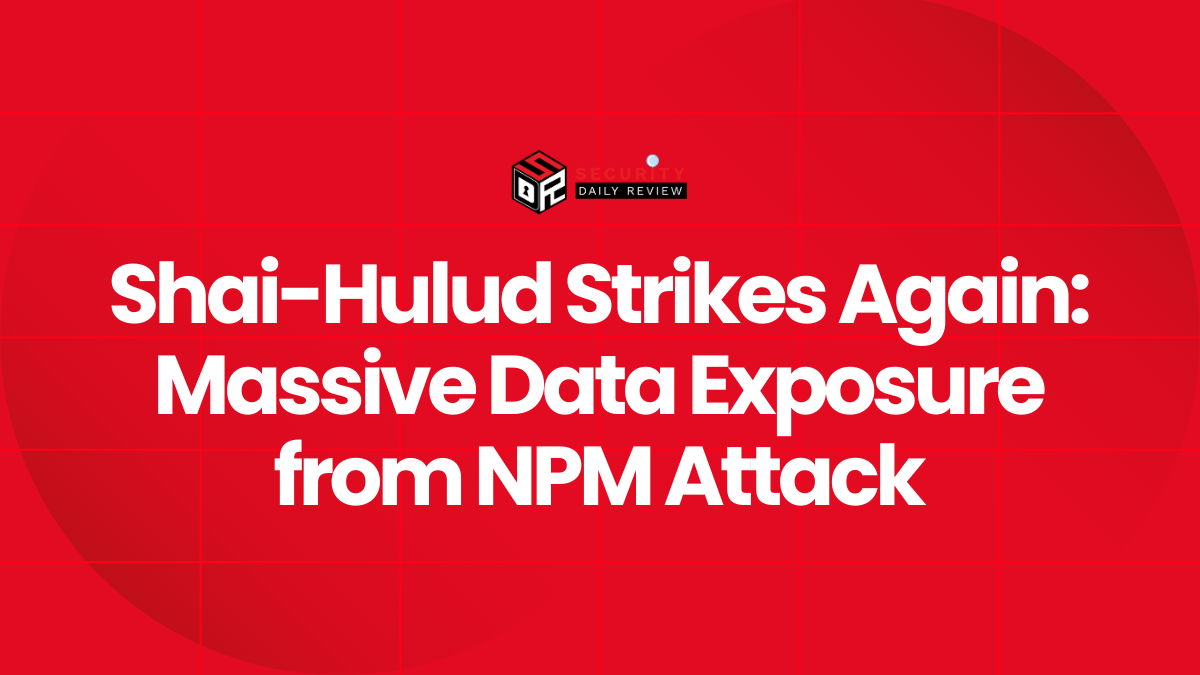The United States has firmly taken center stage in the global ransomware crisis, with recent data underscoring an unprecedented surge in attacks and extortion tactics. According to the 2025 Zscaler ThreatLabz Ransomware Report, the U.S. now accounts for half of all ransomware incidents worldwide—a staggering benchmark that reflects a 146% year-over-year increase in such attacks. Additional reports from Cyble, ITPro, TechRadar, and Absolute Security paint a grim picture of a cybersecurity environment besieged by increasingly aggressive threat actors and escalating ransom demands.
146% Surge Puts the U.S. at the Center of Global Ransomware Campaigns
The findings from Zscaler and Cyble illustrate just how dramatic the spike in ransomware activity has become. ThreatLabz reports that U.S.-based organizations constitute 50% of all ransomware victims globally, while Cyble observed a 149% jump in reported ransomware incidents in the first five weeks of 2025 compared to the same period in 2024.This rise is not evenly distributed across industries. Zscaler points to manufacturing, technology, and healthcare as the most heavily targeted sectors. Notably, the oil and gas sector saw a 935% year-over-year increase in ransomware attempts, indicating attackers’ focus on high-value, infrastructure-critical targets.Cyble’s data highlights parallel sector-specific vulnerabilities, particularly within:
- Construction – 50 attacks
- Professional services – 47 attacks
- Healthcare – 33 attacks
These attacks are not just increasing in volume, but also in sophistication and precision.
Data Exfiltration is Replacing Encryption as the Primary Ransomware Tactic
Where traditional ransomware attacks encrypted data and demanded payment for decryption keys, current trends point to a shift toward data exfiltration and multilayered extortion. Zscaler revealed that the ten most prolific ransomware groups collectively exfiltrated 238 terabytes of data in the past year, a 92% increase from the previous reporting period.These groups now often threaten to release sensitive data publicly, implicating not just the victim organization but its customers, partners, and employees. This tactic not only boosts psychological pressure but also increases the likelihood of ransom payments to mitigate reputational damage.
Paying Ransoms Often Doesn’t Guarantee Recovery or Safety from Repeat Attacks
Despite repeated advice from cybersecurity experts and law enforcement warning against paying ransoms, many organizations continue to comply with attackers’ demands. According to a survey by Absolute Security, around 50% of U.S. companies hit by ransomware opt to pay the ransom—sometimes after negotiating lower amounts. Yet the costs remain steep: the average total recovery cost now stands at $4.5 million. Even more concerning is the insight from Barracuda Networks, which found that:
- 32% of victims paid ransoms
- 41% of those who paid still failed to recover all of their data due to faulty decryption tools
- 31% were attacked multiple times, sometimes by the same or affiliate groups
These statistics challenge the rationale that paying off attackers leads to resolution. Instead, they reinforce the perception among threat actors that victim organizations are lucrative and vulnerable, making them prime targets for repeat exploitation.
High-Profile Ransomware Gangs Continue to Evade Law Enforcement Despite Infrastructure Seizures
The persistence of ransomware groups like BlackSuit also highlights the operational resilience of threat gangs. A successor to the Royal and Conti groups, BlackSuit has compromised over 450 major U.S. organizations between 2022 and 2025 and reportedly earned approximately $370 million in ransomware payments.In a noteworthy turn, U.S. and international authorities managed to dismantle the infrastructure used by BlackSuit—seizing domains, servers, and digital wallets. However, no arrests were made during the operation. Law enforcement officials caution that the group may reconstitute its operations, given the persistent financial incentives and lack of conclusive legal action.
Recommendations: Cloud-Native, AI-Driven, Zero-Trust Approaches Are Essential
Amid these troubling ransomware statistics, security experts stress the need for resilient, adaptive defenses. Zscaler advocates for cloud-native, AI-powered zero-trust security architectures. These approaches emphasize:
- Continuous identity verification across users, devices, and applications
- Real-time behavioral analytics to detect anomalies before data exfiltration occurs
- Microsegmentation to limit lateral movement in cases of breach
- End-to-end data control policies spanning on-premises and cloud environments
Organizations must also reassess incident response readiness—and not only in terms of technology. Integrated planning that encompasses legal, PR, and third-party vendor coordination is essential for withstanding reputational and operational fallout.
Ransomware Trends Suggest Attacks Will Only Grow More Sophisticated Through 2025
If current ransomware trends hold, the cybersecurity challenges faced by U.S. organizations are likely to intensify in scale and complexity. The convergence of high ransom payments, evolving extortion techniques, and prolific threat actors reflect a landscape in which no sector or size of business is immune.Key actions include:
- Transitioning to zero-trust frameworks to close persistent perimeter vulnerabilities.
- Hardening data backup and recovery capabilities to avoid reliance on ransom-based decryption.
- Training employees in phishing response and endpoint hygiene to reduce entry points.
- Avoiding ransom payments wherever possible—and planning accordingly.
With U.S. entities increasingly in hackers’ crosshairs, proactive, robust cybersecurity strategies are no longer optional—they’re imperative for survival.









